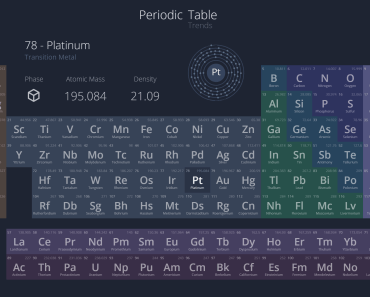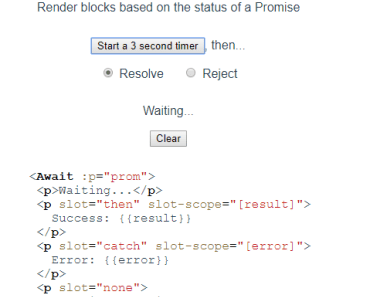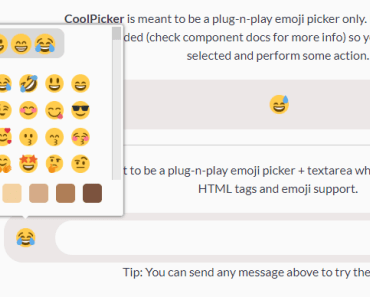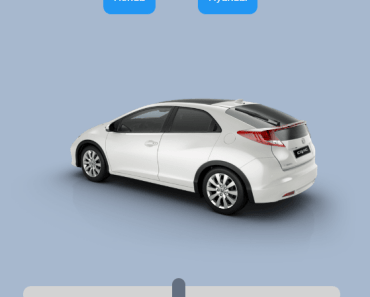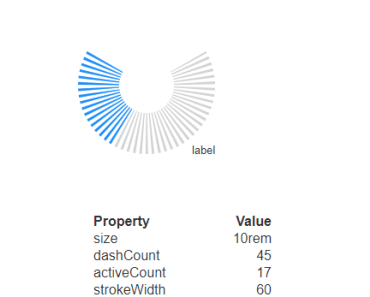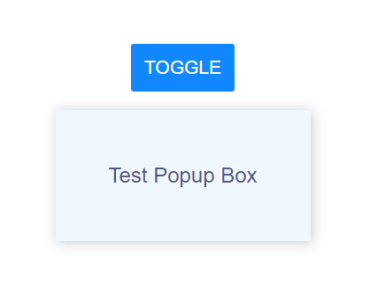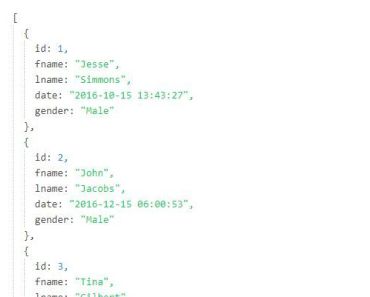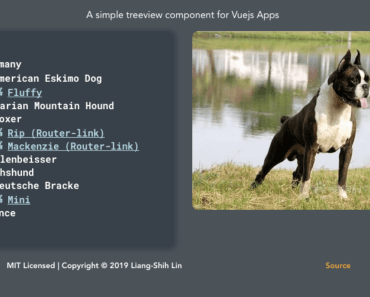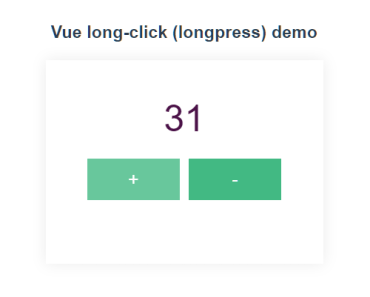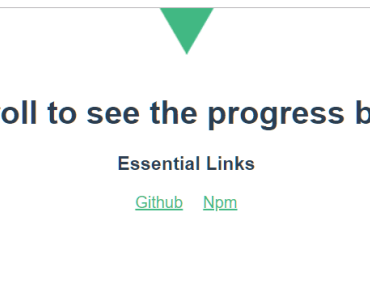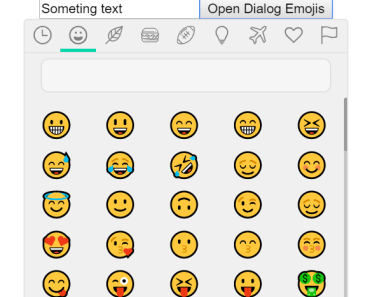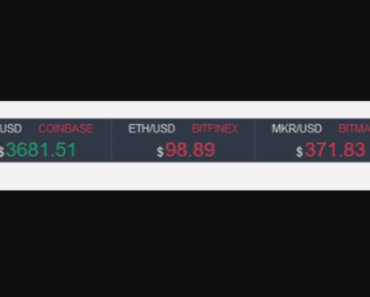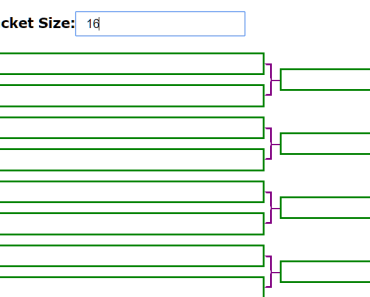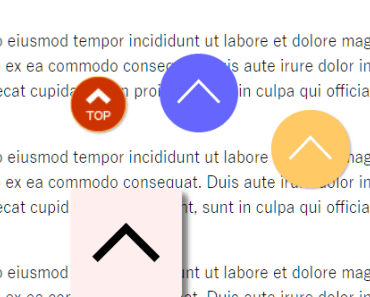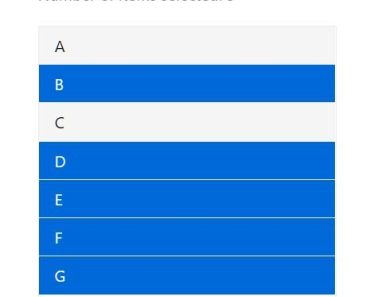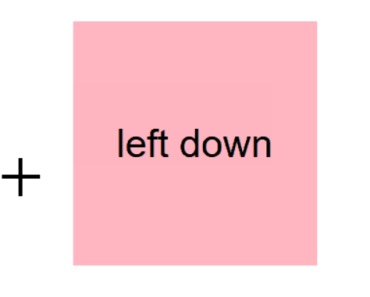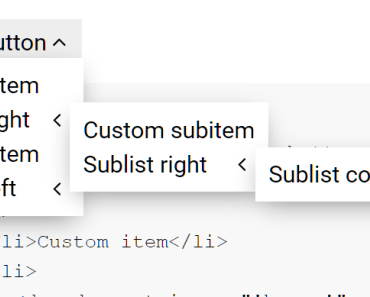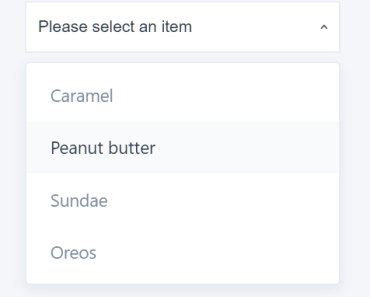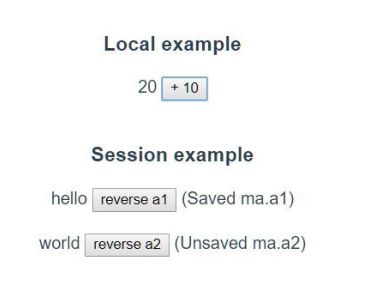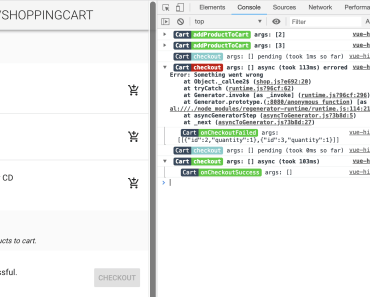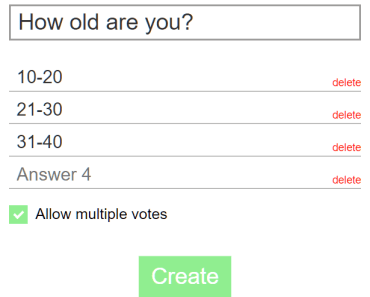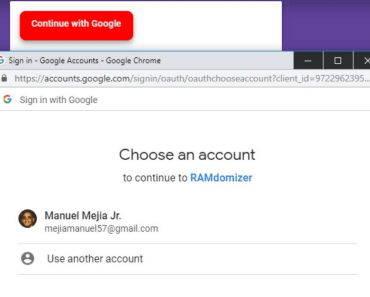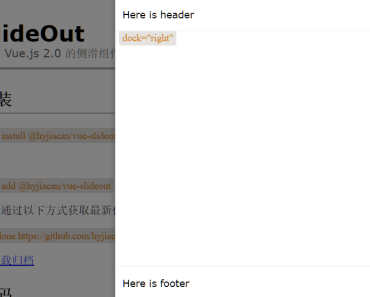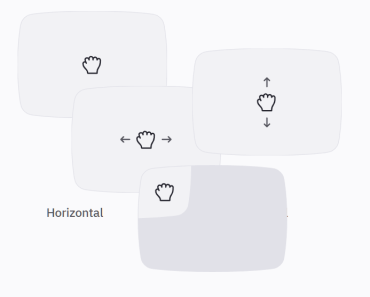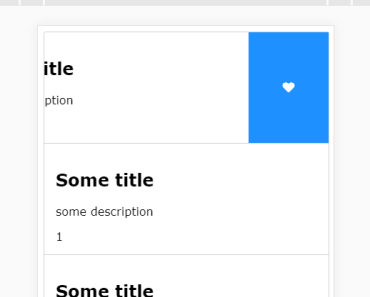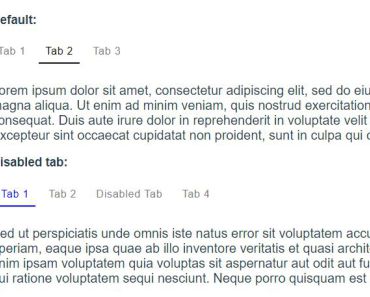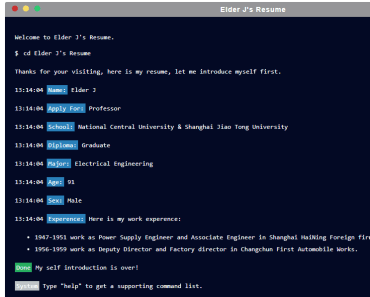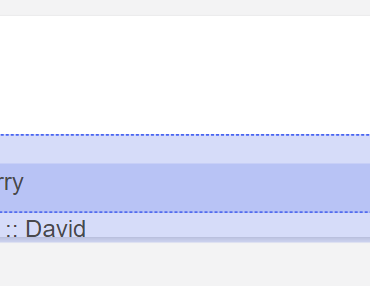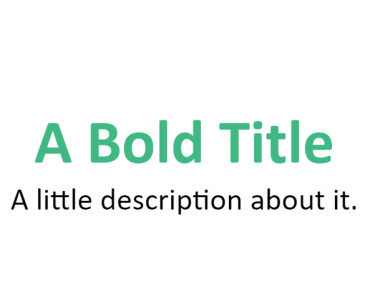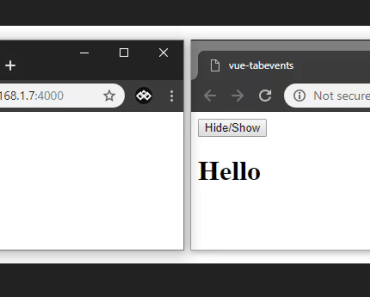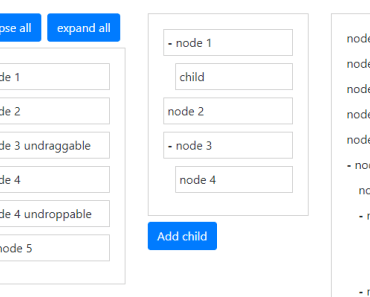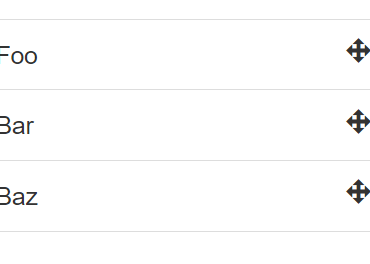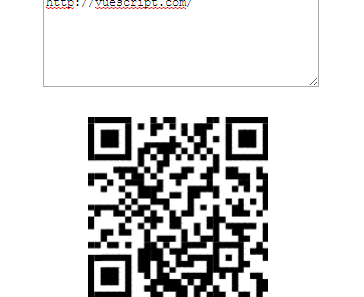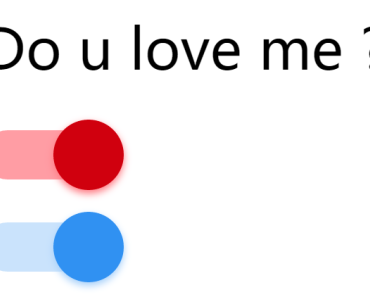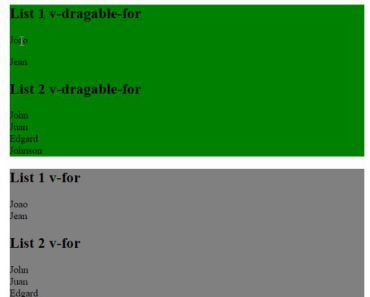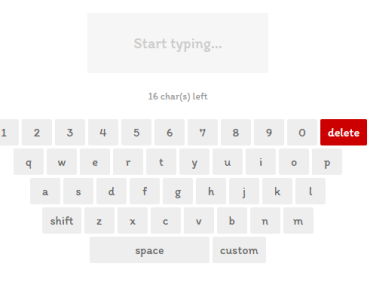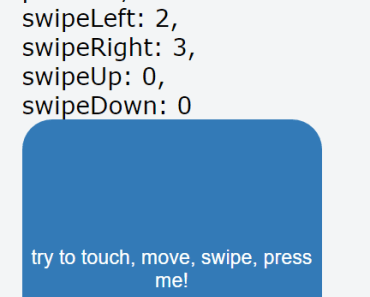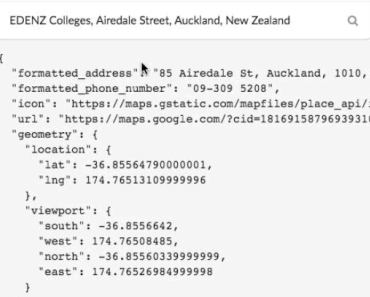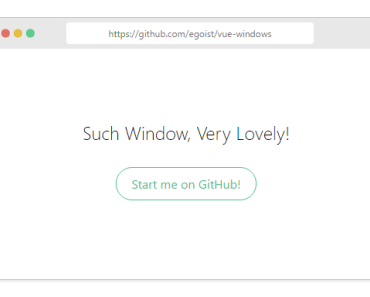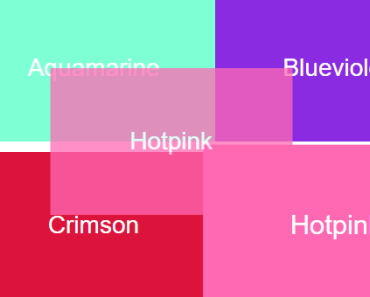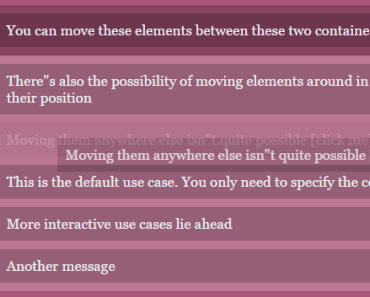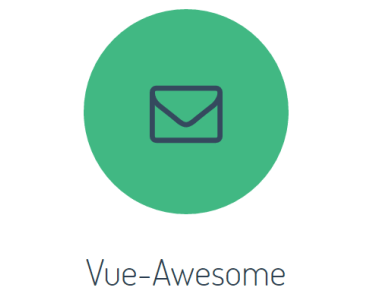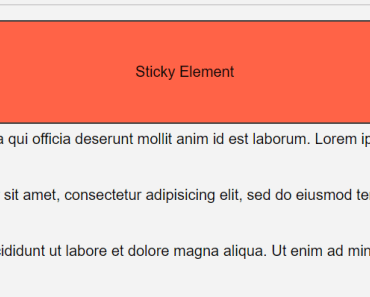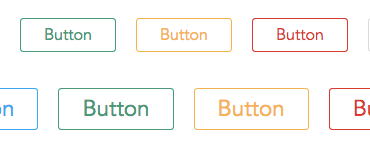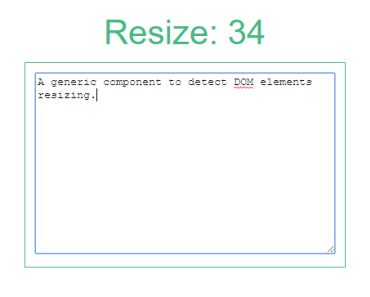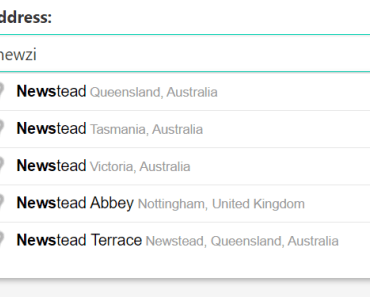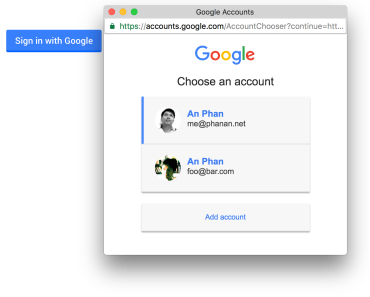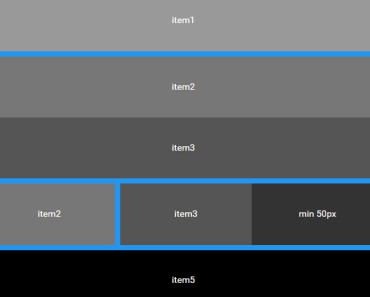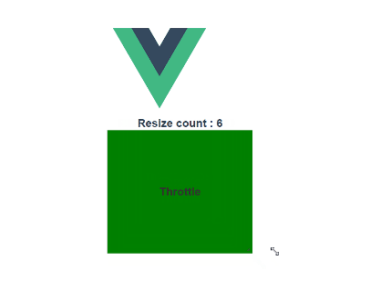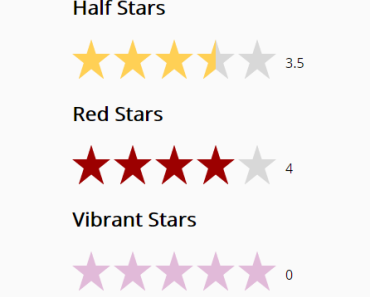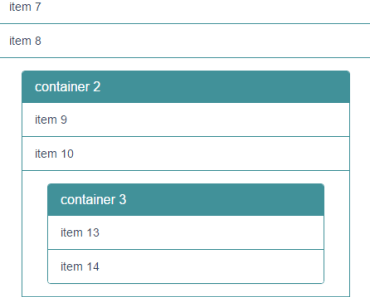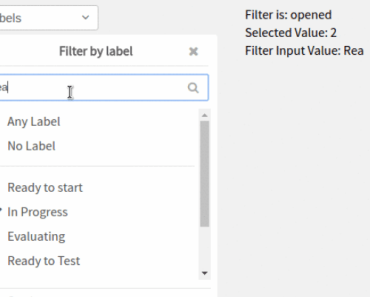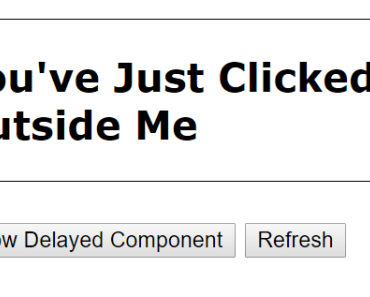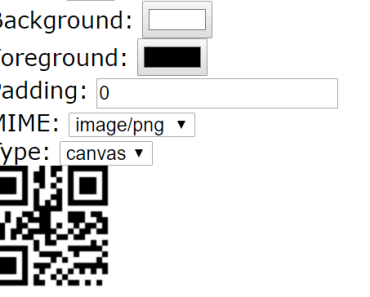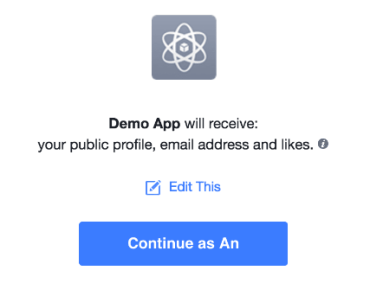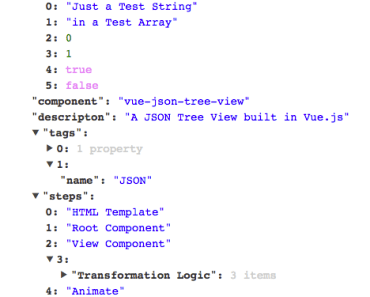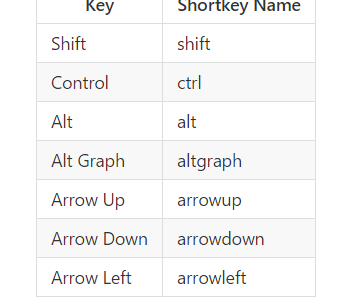Vue Google Autocomplete
A Vue.js (2.x) autosuggest component for the Google Maps Places API.
Demo
Live demo: olefirenko.github.io/vue-google-autocomplete
Benefits
I have tried to use different Vue Google Autocomplete components, but did not find any that would solve my needs. So below I would like to mention what you can get from this exact component:
- Load more than one autocompletion inputs (I could not achieve this with existing vue components)
- Getting geolocation data (latitude, longitude) for found address object along with other address data (country, city, state, county, street, house number, zip code). So no need to do additional geocode request on backend side.
- No external dependencies
- You can get access to underlying PlaceResult object to get more details about found location.
- You can limit results to specific country or use users geolocation data
Installation
This component uses Google Maps Places API to get geo suggests for autocompletion, so you have to include the Google Maps Places API in the <head> of your HTML:
<!DOCTYPE html> <html> <head> … <script src="https://maps.googleapis.com/maps/api/js?key=YOUR_API_KEY_HERE&libraries=places"></script> </head> <body> … </body> </html>To obtain API key please visit the Google Developer Console. The API's that you have to enable in your Google API Manager Dashboard are Google Maps Geocoding API, Google Places API Web Service and Google Maps Javascript API.
The easiest way to use Vue Google Autocomplete is to install it from npm or yarn.
npm install vue-google-autocomplete --saveOr
yarn add vue-google-autocompleteUsage
The Vue Google Autocomplete works out of the box by just including it.
import VueGoogleAutocomplete from 'vue-google-autocomplete' In your template you can use this syntax:
<vue-google-autocomplete id="map" classname="form-control" placeholder="Start typing" v-on:placechanged="getAddressData" > </vue-google-autocomplete>Properties
id
Type: String
required ID for the input container.
classname
Type: String
Class to the input container.
placeholder
Type: String Default: Start typing
The input field will get this placeholder text.
types
Type: String Default: address
Types supported in place autocomplete requests. More info
You may find this example helpful.
country
Type: String|Array Default: null
Option to restrict the autocomplete search to a particular country. Countries must be passed as a two-character, ISO 3166-1 Alpha-2 compatible country code (i.e. "br", "sg", "fr"). You can provide a single one, or an array of up to 5 country code strings. Note: this is a dynamic property. You must pass it as :country="" to your component, otherwise it won't work. For example:
<vue-google-autocomplete :country="['au', 'nz']"></vue-google-autocomplete>will restrict the countries to Australia and New Zealand.
enable-geolocation
Type: Boolean Default: false
Bias the search towards user current location.
geolocationOptions
Type: Object Default: {}
Allow to configure Options for navigator.getCurrentPosition
Events
The component emits next events, which you can listen in your application:
placechanged
Gets triggered when the address data got obtained. This data is available on the returned objects:
street_number,route,locality,administrative_area_level_1,country,postal_code,latitude,longitude.place- PlaceResult object is available as second parameter.ida String representing the ID of the autocomplete that triggered the event.
no-results-found
Gets triggered when a user entered the name of a Place that was not suggested and pressed the Enter key, or the Place Details request failed.
objectan object with a key name representing the user's input.
focus
Gets triggered when the autocomplete input field receives focus.
blur
Gets triggered when the autocomplete input field loses focus.
inputChange
Gets triggered every time autocomplete input got changed
change
Gets triggered when the autocomplete results got changed
keypress
Gets triggered when a key gets pressed
error
Gets triggered when an error is encountered
Exposed component functions
These functions are accessible by setting "ref" on the component (Refs documentation). See example below how to use these functions.
clear()
Call to clear the value of the user input.
focus()
Call focus to focus on the element
blur()
Call blur to blur (unfocus) the element
update(value)
Call to update the user input with a new value
updateCoordinates(latlng)
Call to force coordinates and update the input accordingly
geolocate()
Call to retrieve current position from navigator and update the input accordingly
Example
Please note that you need to provide what method will listen (v-on:placechanged) to an event when the address data is obtained.
<template> <div> <h2>Your Address</h2> <vue-google-autocomplete ref="address" id="map" classname="form-control" placeholder="Please type your address" v-on:placechanged="getAddressData" country="sg" > </vue-google-autocomplete> </div> </template> <script> import VueGoogleAutocomplete from 'vue-google-autocomplete' export default { components: { VueGoogleAutocomplete }, data: function () { return { address: '' } }, mounted() { // To demonstrate functionality of exposed component functions // Here we make focus on the user input this.$refs.address.focus(); }, methods: { /** * When the location found * @param {Object} addressData Data of the found location * @param {Object} placeResultData PlaceResult object * @param {String} id Input container ID */ getAddressData: function (addressData, placeResultData, id) { this.address = addressData; } } } </script>Correct usage of the types parameter
The example below shows the correct usage of the types parameter, when limiting the search to cities:
<vue-google-autocomplete id="map2" ref="toAddress" classname="form-control" placeholder="Start typing" v-on:placechanged="getToData" types="(cities)" country="us" > </vue-google-autocomplete>
